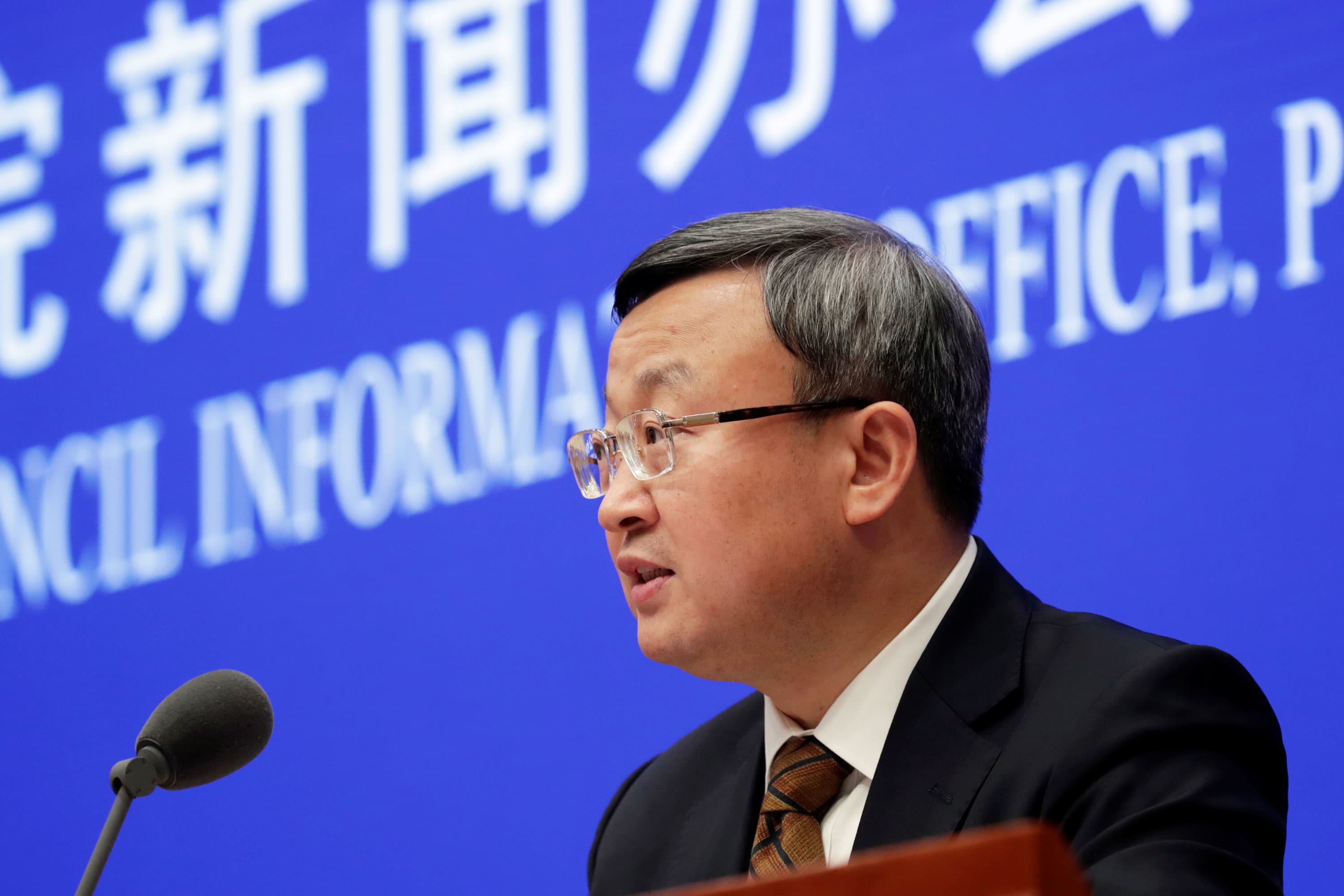The headline on the trade deal — no new tariffs, some existing tariffs reduced — is positive, but something the market has long anticipated.
Traders are now arguing over the impact on 2020 earnings. Bulls say several thorny issues may be on the verge of resolution and will be enough to push markets to new highs.
Bears say trade tension will not go away and a lack of global growth will keep a lid on markets in 2020.
Who’s right?
Bulls are licking their chops over the potential resolution of several issues of concern to the markets this year. They include:
1) The Fed: Now neutral, rates will remain low in 2020.
2) The U.S. economy: Little sign of a recession in 2020
3) Brexit: The defeat of the pro-tax Labour party is a plus for stocks.
4) Trade deal: removes prospects for companies having to pay additional tariffs into 2020.
Looking at the evidence, Jeff Mills, chief investment officer of Bryn Mawr Trust, said he is advising his clients to buy.
“You’re in an environment where global central banks remain easy, there’s a tremendous amount of liquidity, you have sentiment that’s subdued, positioning’s not aggressive and the economy’s unlikely to go into a recession,” he said. “I think you have to err on the side of the market going up versus the market going down,” he said today on CNBC.
But others are cautioning against euphoria.
There are several pieces missing from the global “all clear, stocks can rip” story, said Alec Young, managing director, of global markets research at FTSE Russell.
“What’s missing is removal of most of the existing tariffs,” he said. “The majority of the tariffs are still in place, and there’s no evidence that the existing tariffs will be removed imminently.”
A second missing piece, said Young is a clear bottom in global growth.
“The numbers are still soft, but they are beating expectations,” he said, and that is leading many to believe we are at a bottom.
A bottom is not sufficient: “People are looking for more good news — leading economic indicators are beating a low bar, but we need more acceleration. We are not at home plate on global growth yet.”
That concern about global growth was echoed by Morgan Stanley CEO James Gorman, who said China growth was a top issue for the global economy in 2020.
“China needs to keep growing and in aggregate terms, I think it accounts for something like 40% of global growth,” he said in an interview with CNBC’s Wilfred Frost. “It’s a $12 trillion economy, so percentage-wise it’s slowing a little bit, but it needs to keep growing and part of that growth is to have trade taking place with the major industrialized and consumer nations, so the Chinese need this as much as the Americans need it.”
The biggest check on global growth may be the realization that the trade war is not over. Is this trade deal a credible de-escalation of the trade war? It may be the wrong question: Many have noted that the way the agreement is written, it’s highly likely tariff threats will not go away, and that there is a fairly high likelihood that they may return in 2020. Indeed, the Trump administration is already threatening additional tariffs on European goods.
But it’s trade tensions with China that are most likely to persist, as Moody’s Associate Managing Director Elena Duggar implied this in a note to clients Friday afternoon.
“Any improvement in relations is likely to be temporary with tensions, on both trade and other issues like technology, continuing to wax and wane for the foreseeable future,” she wrote. “Any partial deal in the short term will not resolve the fundamental differences in the two country’s economic, political and strategic interests.”
